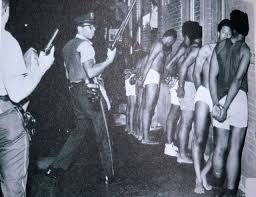Government regulations are essentially a wealth redistribution program from the poor to the rich. Those in poverty increasingly find themselves trapped by licensing and other regulatory barriers.
In the 1950s, only one in 20 U.S. workers needed the government’s permission to pursue their chosen occupation. Today, that figure stands at almost one in three. See here.
Even barbers, makeup artists and manicurists are now required in many states to undertake hundreds of days of government-approved “education” (at a cost of as much as $20,000 in many cases) just to start working.
A new study shows that these governmental barriers are having a profound effect on the world distribution of wealth. The wealthiest 1 percent now have more money and property than the bottom 50 %. See here.
This is true even though the U.S. and other western countries now have very “progressive” tax structures (meaning that the richest earners pay most of the taxes).
The wealthiest 1 percent are the greatest beneficiaries of government regulations. A recent study found that the surest pathway to becoming a 1%er is to work in a heavily-regulated industry (because the government does most of the work of eliminating your competition for you). See here.
Poorer households spend a higher proportion of their incomes on more heavily regulated goods. Consequently, the costs of regulations falls disproportionately on the poor.
And increasingly, licensing barriers prevent poor people from traveling like they could in previous generations. See here.


